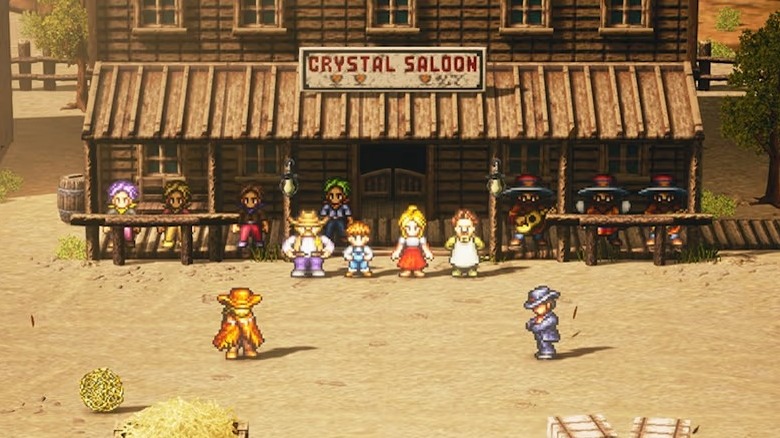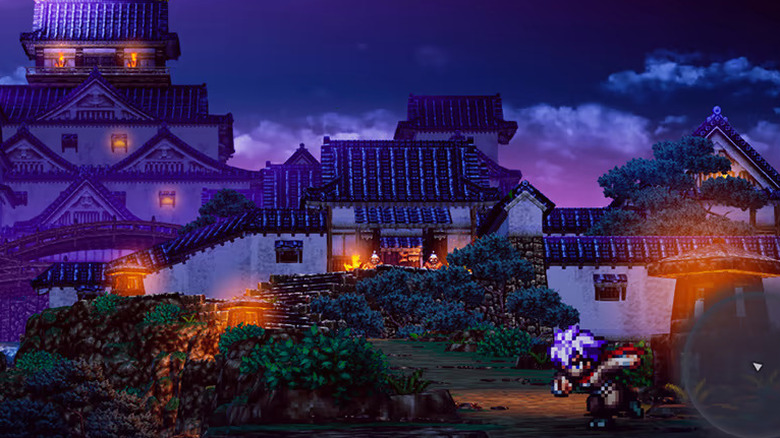Live A Live: The Biggest Differences Between The Remake And Original Game
After 28 years, "Live a Live" has finally made a comeback. The JRPG classic first launched in 1994 as a Japanese exclusive for the SNES. Now, westerners can experience it for the first time. Square, which was since become Square Enix, published it way before the heyday of turn-based JRPGs. Still, it's touted as one of the best RPGs in history.
"Live a Live" dives into the stories of seven characters throughout history from prehistoric times to the "near future." Critics praised how it built stories and worlds around the different characters, even if some of them would have preferred more time with each one. Its main gimmick is that experimentation it offers players with the separate vignettes, which only come together at the end of the game.
Many classics received remakes or sequels after years of neglect like "Pokemon Snap," "The World Ends With You," and "Soul Hackers." However, "Live a Live" is more of a "straight" remake. Much of the plot, characters, combat, and systems have stayed the same, unlike with "Final Fantasy 7 Remake." Still, there are a few differences that came with the 20-plus year jump to the Nintendo Switch.
Here are the biggest differences between the original "Live a Live" and its HD version.
Visuals: Graphics and animation
One of the easiest differences to spot is the graphics. It's not called an HD remake for nothing. "Live a Live" looks like something that took the best of 2D and 3D elements into its graphics. It blends 2D and 3D elements to capture a "retro" aesthetic similar to "Octopath Traveler" and "Triangle Strategy." That's just on the surface, though. It runs just as smoothly as its graphically detailed contemporaries.
When comparing the original and the remake, you can see the differences as clear as night and day. It looks similar, but the HD graphics are smoother and more vibrant. Dynamic effects, like weather and lighting, also show in the enhanced animation. This level of detail wasn't possible back in 1994, so the setting looks more immersive than ever. The new promotional art also revamps the character designs to match the quality of today's anime and JRPGs while still staying true to the original.
Sound: Voice acting and music
"Live a Live's" second biggest change is in the sound, both in terms of voice acting and music. Many video games in the '90s didn't have voice acting like they do now for almost every title. "Live a Live" didn't have voice acting, even if it had sound and music. Critics enjoyed the new dialogue and cutscenes, which added to the immersion and emotional journey in the story. Square Enix also managed to hire experienced voice actors who have experience acting in anime and games for the project.
The "Live a Live" team also remixed the original soundtrack for the HD version with help from the original composer, Yoko Shimomura. So, even if you played the original game, it spins the soundtrack to sound familiar but different at the same time. One of the remixed tracks includes "Go! Go! Steel Titan!," a popular song from the original game. The new version features vocals from Hironobu Kageyama, who's known for his work from "Dragon Ball Z" anime soundtracks.
"Live a Live" is now available for the Nintendo Switch. Better get it now, unless you want to wait another 20 years.



